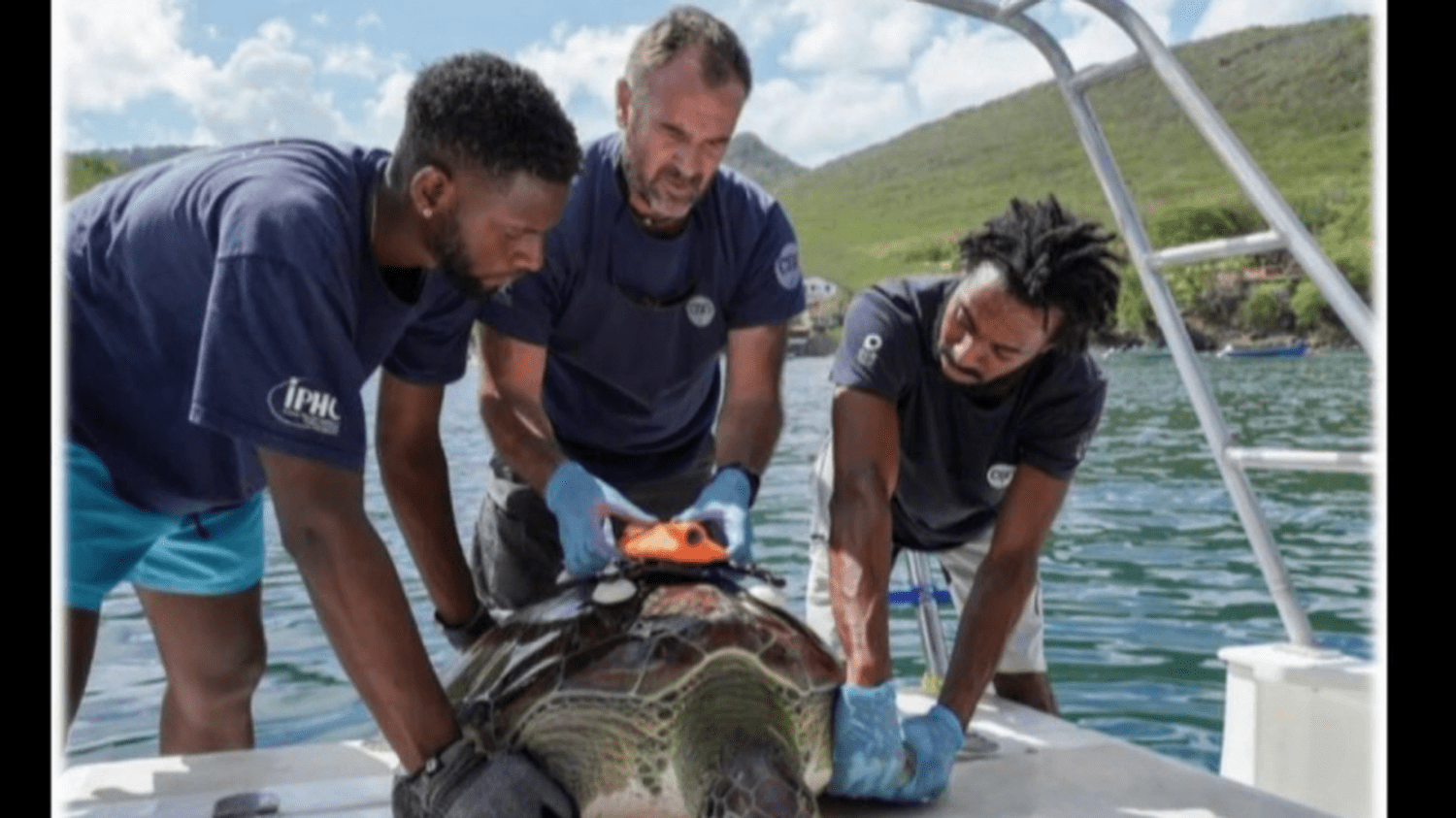Posted
Video length: 2 min.
Article written by

CNRS researchers have settled in the first research station in Martinique, inaugurated on Monday 3 April. They work there to protect underwater species and turtles.
At Anses d’Arlet (Martinique), a few meters from a pier, a new marine research station supports CNRS missions. Researchers are at the forefront of all studies on the preservation of sea grass beds, a feeding ground for species and especially turtles. They equip the animals with on-board cameras to study their behavior. In the green turtle, for example, they identified 23 different vocalizations. The goal is to know how to reproduce certain signals in order to protect them.
Horns to scare turtles away
“The sound that interests us is the alert or flight sound in turtles (…)“, explains Dr. Damien Chevallier, CNRS researcher and marine biologist. The sound will then be installed on nets, which will serve as repellents to prevent them from getting caught in the nets. Soon, anglers will be invited to test these horns.
